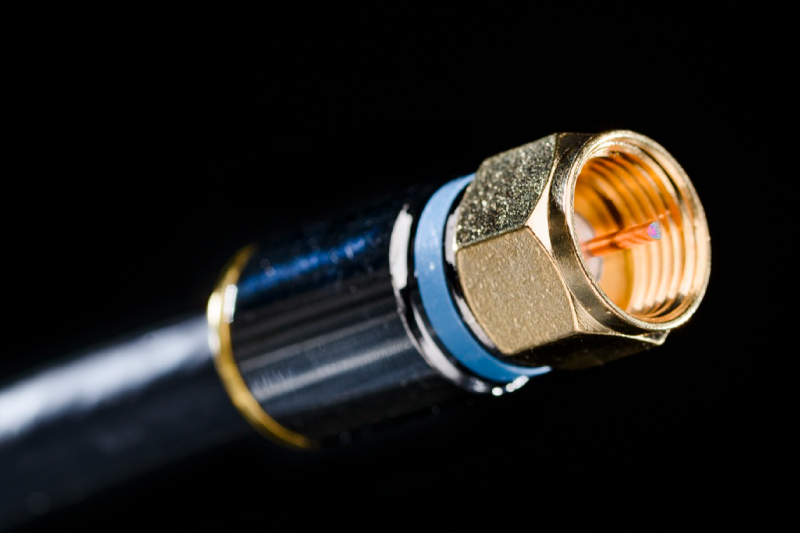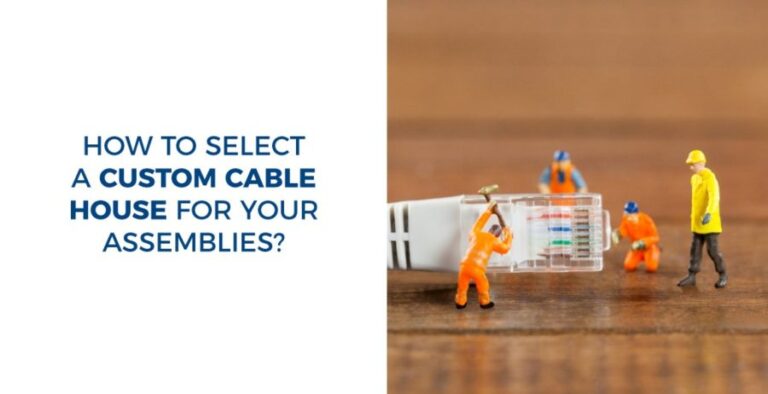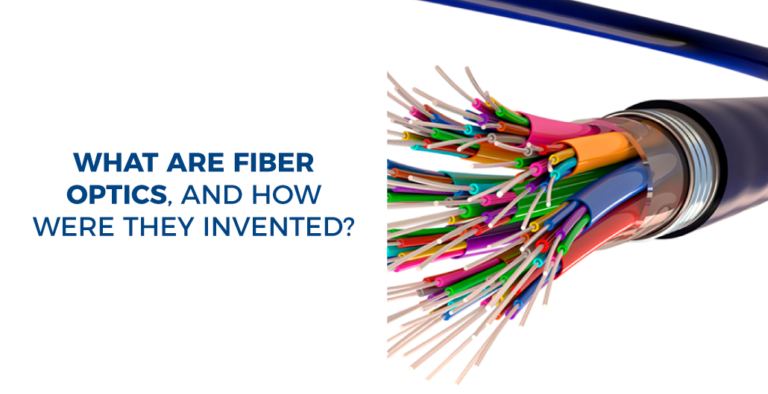What are the functions of a coaxial cable?
[fusion_builder_container hundred_percent=»no» equal_height_columns=»no» menu_anchor=»» hide_on_mobile=»small-visibility,medium-visibility,large-visibility» class=»» id=»» background_color=»» background_image=»» background_position=»center center» background_repeat=»no-repeat» fade=»no» background_parallax=»none» parallax_speed=»0.3″ video_mp4=»» video_webm=»» video_ogv=»» video_url=»» video_aspect_ratio=»16:9″ video_loop=»yes» video_mute=»yes» overlay_color=»» video_preview_image=»» border_size=»» border_color=»» border_style=»solid» padding_top=»» padding_bottom=»» padding_left=»» padding_right=»»][fusion_builder_row][fusion_builder_column type=»1_1″ layout=»1_1″ background_position=»left top» background_color=»» border_size=»» border_color=»» border_style=»solid» border_position=»all» spacing=»yes» background_image=»» background_repeat=»no-repeat» padding_top=»» padding_right=»» padding_bottom=»» padding_left=»» margin_top=»0px» margin_bottom=»0px» class=»» id=»» animation_type=»» animation_speed=»0.3″ animation_direction=»left» hide_on_mobile=»small-visibility,medium-visibility,large-visibility» center_content=»no» last=»no» min_height=»» hover_type=»none» link=»»][fusion_text columns=»» column_min_width=»» column_spacing=»» rule_style=»default» rule_size=»» rule_color=»» hide_on_mobile=»small-visibility,medium-visibility,large-visibility» class=»» id=»»]
Coax that are also known as coaxial cables, are a kind of electrical cable that has an internal conductor enclosed by a tubular protecting layer, encircles by a tubular conducting cover. Many coaxial wires also have an insulating outer covering or jacket. The name coaxial comes from the inner conductor and the external protection sharing a geometric axis. Coaxial cable was employed in the first (1858) and following transoceanic cable connections. Still, its theory wasn’t defined until 1880 by the British physicist, engineer, and mathematician Oliver Heaviside, who patented the design in that year.
This kind of transmission line is used to carry high-frequency electrical signals with reduced losses. It is employed in such purposes as telephone trunk lines, broadband internet networking cabling, high-speed computer data busses, carrying cable television signals, and connecting radio transmitters and receivers to their antennas. It is ent from other shielded cables mainly because the measurements of the wire and connectors are controlled to give an exact, constant conductor spacing, which is needed for it to function efficiently as a transmission line.

Applications
Coaxial cables can be used for functions, but they are principally employed for visual and audio purposes. Modern homes are frequently equipped with at least one coaxial wire wall socket per room, and that’s because cable company providers typically utilize coaxial cables to supply cable television to their clients. Coaxial cables can be directly connected from the wall socket straight to the customer’s TV.
Connectors
The terminations of coaxial cables habitually end with connectors. Coax connectors are produced to keep a coaxial form throughout the connection and have the same impedance as the attached wire. Connectors are generally covered with high-conductivity minerals like silver or tarnish-resistant gold. Because of the skin effect, the radiofrequency signal is only conducted by the plating at higher frequencies and does not enter to the connector body. Silver, however, tarnishes fast, and the silver sulfide that is generated is inadequately conductive, degrading connector performance, making silver a wrong choice for this purpose.
Benefits
Coax offer many advantages, but one of the most relevant benefits of coaxial over other types of radio transmission lines is that coaxial cable runs can be connected next to metal objects like gutters without the power reductions that happen in other types of transmission lines. Coaxial wires also offer the stability of the signal from external electromagnetic interference.
Drawbacks
Although coaxial cables provide a lot of benefits, they are not always the best option, and they also have disadvantages. One of the most critical problems of coaxial cables is its dimension; they are bulky and can’t be produced smaller, which means that only one size of coaxial wires exists. Aside from bulkiness, coaxial cables can be challenging to set up. Taking off the cable can also be an obstacle and takes a notable amount of time, and might even require specialized tools.
Notwithstanding its limitations, coaxial cables are the best option of its type available on the market.
If you would like to receive a quote for any of Network Custom Cables, Audio or Video Vustom Assemblies, please do not hesitate to contact us by sending an email to [email protected] or calling in the USA this phone number (682-325-1944)
Jessica Cardona
www.readytogocables.com
[/fusion_text][/fusion_builder_column][/fusion_builder_row][/fusion_builder_container]





